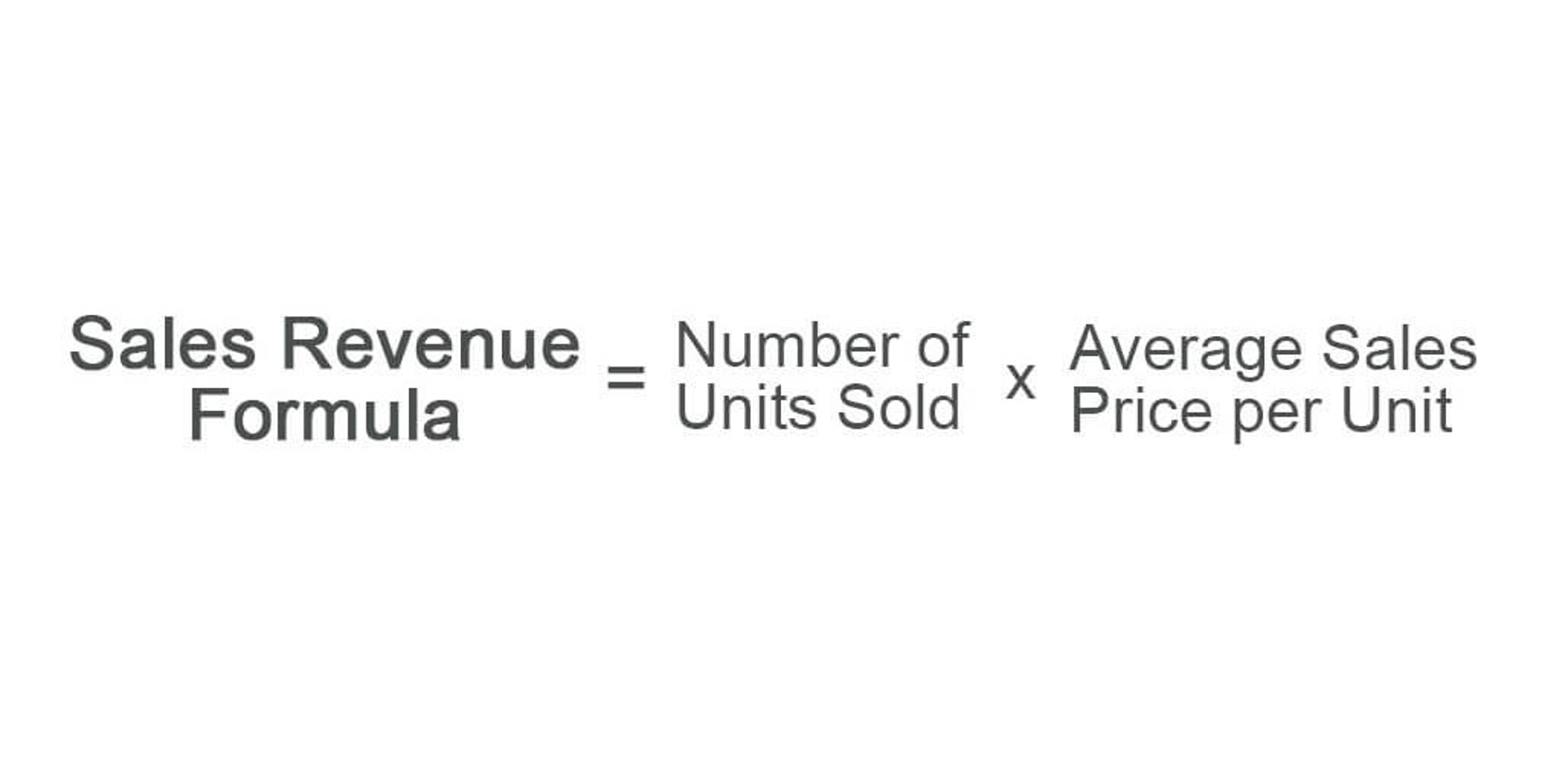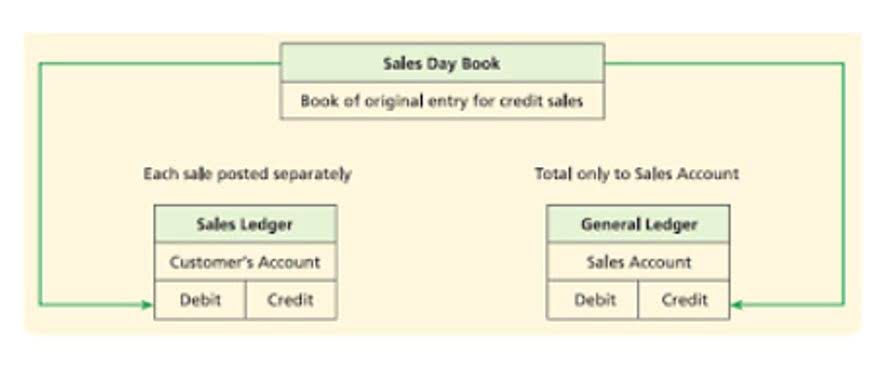
Bearer plants may be subject to a depreciation policy year on year as any other asset with a useful economic life. However, as grapevines may take several decades to reach full production capacity, the decision may be taken not to apply a depreciation charge prior to reaching this point. With over 60 years of combined industry experience, in-house winery experience, and industry certifications like WSET1, our team is ready to meet you where you are and build a stronger future together. Offset tax liabilities in the years following a vineyard purchase if you bought property in the Napa Valley or other prestigious areas through an American Viticultural Area (AVA) valuation.

Common Accruals for Wineries
- Technology also plays a significant role in modern cost accounting practices.
- By tracking your income and expenses and knowing your profit (or loss), you’ll have a better handle on the financial health of your business.
- Inventory valuation is a pivotal aspect of accounting for vineyards and wineries, given the extended production cycles and the aging process of wine.
- While labor-intensive, it offers unparalleled accuracy, making it ideal for limited-edition or vintage wines where each item’s cost and potential selling price can vary significantly.
- When using the cash basis for tax, the tax prepreparer has more flexibility in applying tax regulations to your situation to ensure you are minimizing your tax liability.
- For example, a winery can defer taxes by delaying invoicing or accelerating expenses, thus only recognizing income for tax purposes when the income is actually received and expenses when they are paid.
This methodology offers the benefit of being measurable and verifiable based on usage. If the production facility uses considerably wine accounting more of the utilities than other portions of the facility, the allocation percentage can be adjusted. There are several ways to allocate costs, but regardless of the method used, it’s important to apply it consistently. Once a methodology is determined and adopted, a winery can fine-tune its data capture and reporting procedures to ensure the information used to cost its products are accurate. Consistent with best practices, when a wine is sold, the cost of having made that specific wine is recorded as COGS, concurrently with recording the revenue from the sale of that wine.
What are the advantages of using professional wine accounting services?
- This method allocates overhead costs based on the actual activities that drive those costs, rather than simply spreading them evenly across all products.
- As the number of wineries increases, so will the demand for accountants providing assurance, tax, and other accounting-related services.
- Any remaining carrying value of a vine at the point of derecognition would depend on the circumstances.
- At Campbell CPA LLC, we can serve your accounting and tax needs because we understand how businesses like yours operate.
- One standout feature is real-time microclimate data, which empowers vineyard managers to make timely decisions on irrigation, pruning, and other critical tasks.
For example, if the area dedicated to packaging takes up to 30% of your total facility floor space, you can apportion 30% of your total rent and building insurance to package. Conversely, utilities are usually broken down by actual consumption per production stage, unless all departments are using nearly equal amounts of energy. Knowing the COGS is essential if you want to know the gross profits you earn on different wines. You can take the price of a sold bottle and subtract the COGS to determine the gross profit you earned. Lowering your overall COGS will help increase your profit marge, but there are plenty of considerations to carrying this out successfully. Note that packaging materials should be applied to the cost of finished goods inventory as used and may be specifically assigned to wines or allocated to all wines bottled in the period.
Accounting for Vineyards and Wineries Kindle Edition

These financial instruments can provide the necessary liquidity to bridge the gap between high and low revenue periods. By carefully managing these loans and ensuring they are repaid during peak sales times, wineries can maintain a steady cash flow without incurring excessive debt. One effective strategy is to establish a robust cash reserve during peak sales periods. By setting aside a portion of the revenue generated during high-demand seasons, wineries can create a financial buffer to cover expenses during off-peak times.
Effective Franchise Accounting for Financial Success

Although preventive controls are essential, detective controls can also be helpful for wineries storing wine in bonded warehouses. For example, if the bonded warehouse is responsible for paying excise taxes, winery personnel should follow up with the tax authorities to make certain that taxes have been paid. Periodic physical inventory counts of bottles stored at bonded warehouses can also help to detect inventory theft. Wine sales may be direct-to-consumer through tasting rooms or wine clubs, or to a third-party distributor. In any case, the winery needs to track when, what kind of, and to whom wine was sold, and to pay excise taxes to the appropriate taxing authority.
Navigating Tax Season: A Food & Wine Business Owner’s Guide to Preparing Your Annual Income Tax Return
Dive into crucial insights you need to know about COGS in our QuickBooks article series. From tapping into consumer data to exploring smoke exposure mitigation processes while protecting your personal finances, prepare your business to seamlessly confront issues and seize emerging opportunities. With thoughtful use of classes and tags, you’ll gain an unprecedented understanding of what drives your winery’s financial success. IC-DISCs do not have employees or offices and are not taxed at the federal level; instead, they charge a sales commission from the exporting winery.
- Accounting for materials is typically straightforward in that the cost equals the price paid to acquire the materials, including tax and shipping costs to bring the materials to the production location.
- We understand the unique needs of the wine industry and can provide expert guidance on all financial matters.
- Based on your winery’s unique requirements, we will customize an accounting solution specifically for you.
- Even though a vineyard is on the cash basis, it needs to capitalize quite a lot of its initial expenditures.
- Illuminate vital data—like direct-to-consumer and wine club management, financial statistics, and personnel activities—to transform your business into a collaborative, data-driven organization.
Stay up-to-date on winery accounting.
How you structure your entities and the accounting methods you select fundamentally impact your tax planning. Invest time up front on those decisions to help mitigate your tax bill and protect and make the most of your assets. From the first tender Law Firm Accounts Receivable Management shoots in the vineyard to the satisfying pop of a cork, your winery embodies passion and hard work. With all the love and effort you put in, wanting to make a profit goes without saying.
